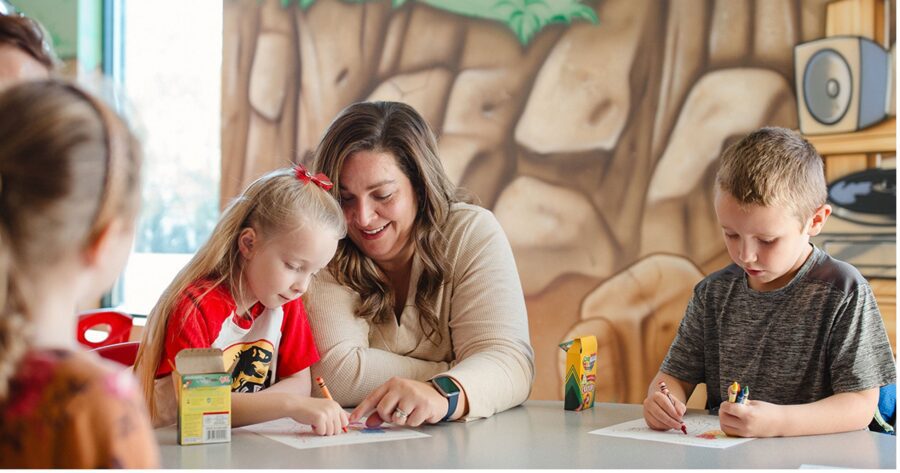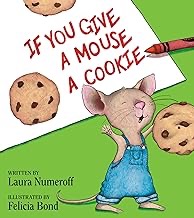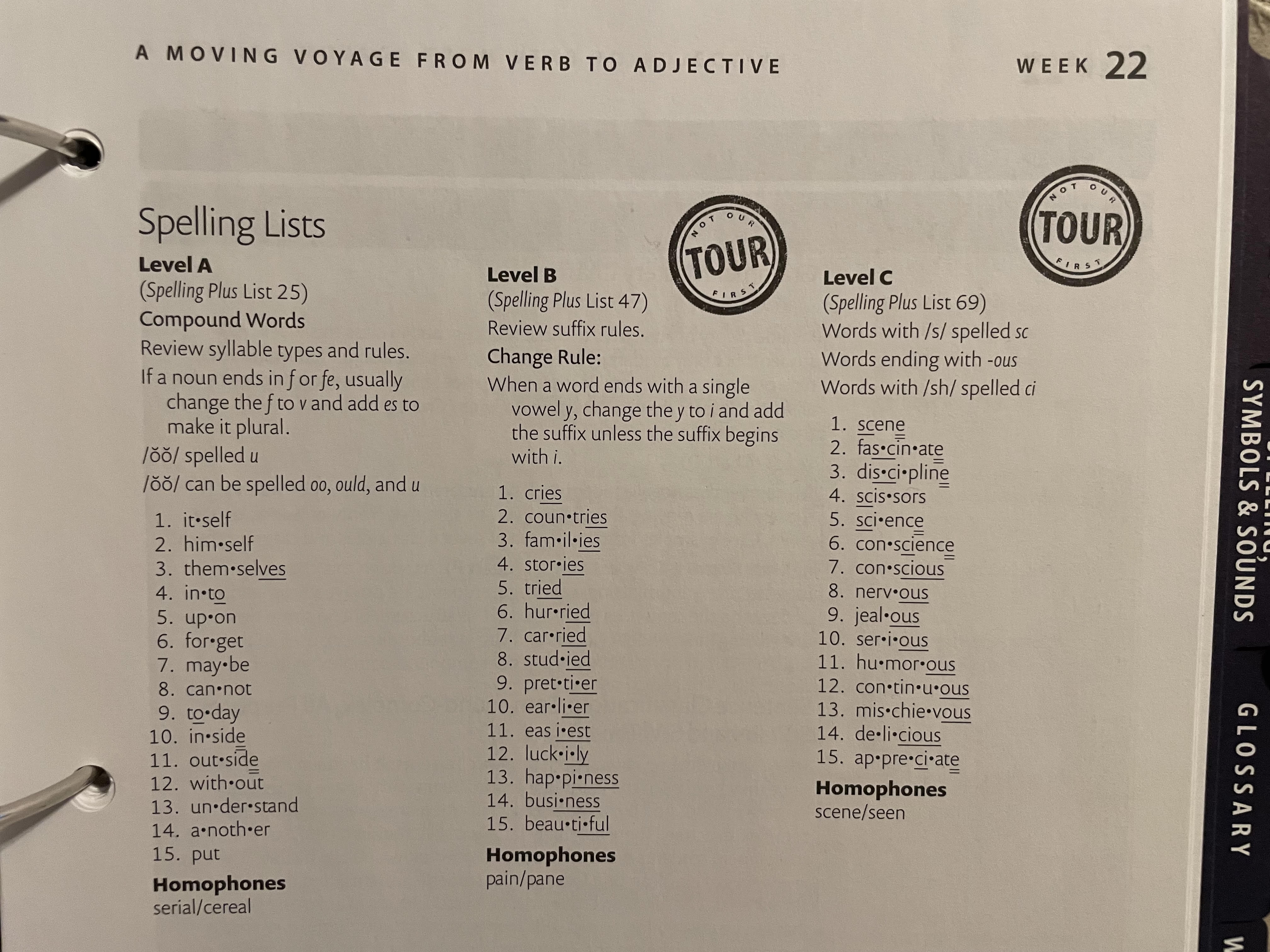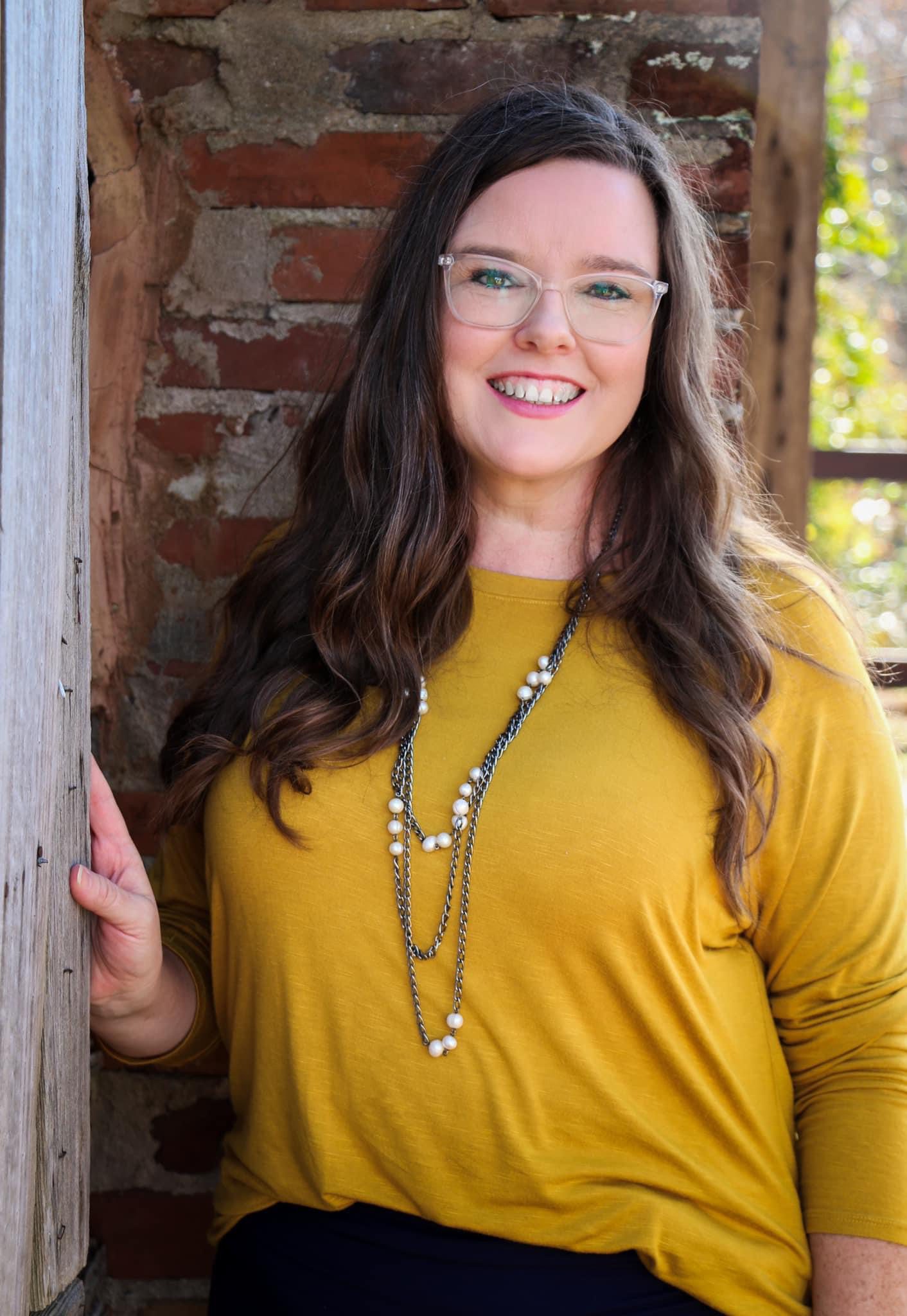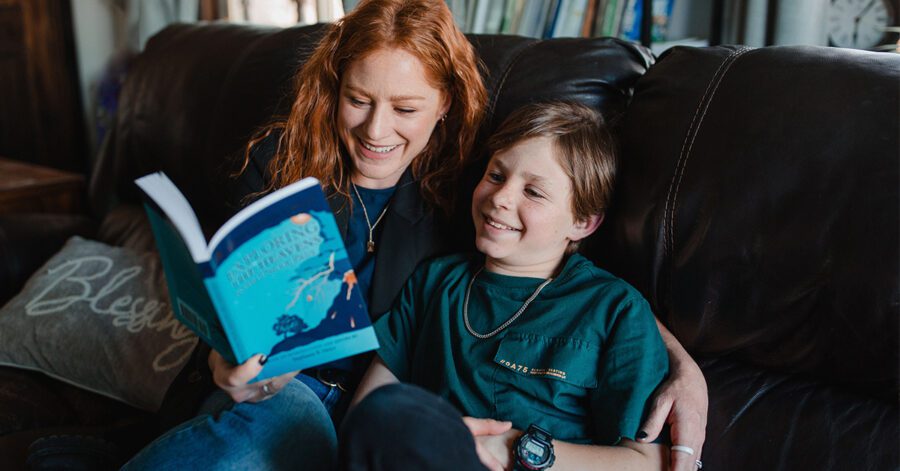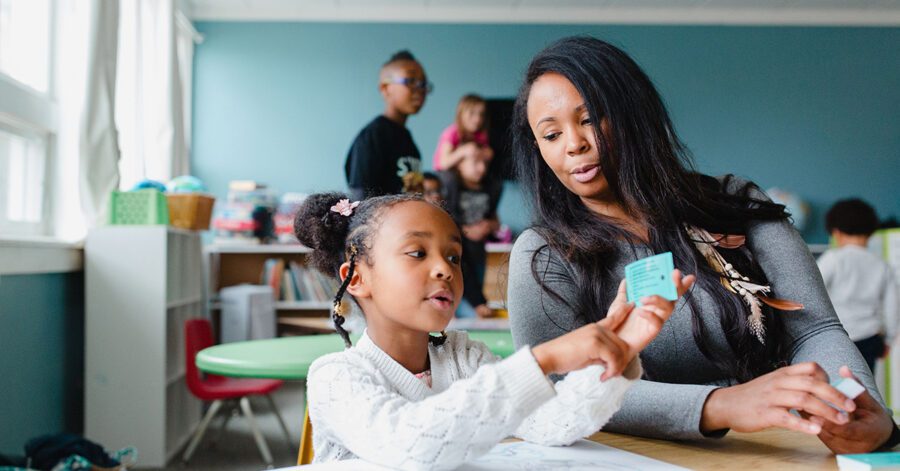Are you looking for practical ways to make spelling lessons more meaningful and naturally connected to other subjects? Many homeschool parents want learning to feel less forced and more organic, but it can be hard to know where to start.
In this article, CC mom Courtney Bradshaw shares how integrating language arts in her homeschool—especially through spelling and writing—can lead to surprising lessons in science, art, grammar, and beyond.
With experience using the Essentials program homeschool curriculum from Classical Conversations, Courtney shows how even a simple word list can open the door to rich, joyful, and connected learning at home.
A Blooming Day of Integrated Homeschool Language Arts
When my son was learning to use a dictionary, he was tasked with looking up the word azalea. He struggled to pronounce the word. It didn’t follow any of the rules that he knew, so in his mind, it must be from a different language. He was sure that it could not be found in an English dictionary.
As you can imagine, he did find it. However, the definition was not what he expected. As he spent time attending to this word, it opened the door to a science conversation that I was not expecting. The words genus and species were listed, reminding us of the kingdoms of living things we memorized in Cycle 1 Foundations Memory Work.
Continuing our learning, we named places around town that we knew had azaleas and compared them with the plants that we could see from our window. Another son began to list the parts of a flower. Little sister, of course, brought out the art supplies, and everyone decided to draw their favorite plants. This form of expression left us with a fun keepsake to remember the day.
So often, I want to stick to the task at hand. I do not often feel creative enough to plan elaborate lessons, and in the moment, the current lesson can seem more important. Maybe you feel the same way. An additional lesson I learned from our word study was to “stop and smell” the azaleas, which allowed our lesson to bloom!
Using the Classical Skills of Learning
During this impromptu lesson, my children and I naturally utilized some of the fifteen classical skills of learning. We did not stop and identify the skills, nor did we feel deprived of conversation when we did not use all fifteen. Our focus was on attending, naming, expressing, and storytelling. We pulled from our memoria, explored testimony as we found the definition, and added comparison to our conversation.
These organic uses of the skills are how I know that any homeschool parent can be successful, and why Classical Conversations believes that parents are the first and best teachers of their children. We become more proficient in using these skills as we learn more about them.
Find out more about the 15 Classical Skills of Learning in the Classical Conversations Catalog.
If You Give a Mama a Spelling List…
Thinking about how these lessons bloom reminds me of the story If You Give a Mouse a Cookie by Laura Numeroff. Once the mouse is given a cookie, he moves from task to task until he eventually ends up right back needing a snack again.
Some homeschool days, we can feel like the little boy in the book, following behind our students as they skip from lesson to lesson. Other days, we are the mouse, and oh, how fun it is to lead our children on a journey through their education! Using classical skills, homeschool parents are empowered to make the world their classroom by exploring concepts as we encounter them.
Classical Homeschool Writing Curriculum in Action
Let’s dream together about how a homeschool day might play out, beginning with one simple task.
If you give a mama a spelling list, you never know what you and your children might learn. They will certainly learn how to spell. When attending to the Level A list in Week 22 of the Essentials Curriculum, fifth edition, you see that they will learn to spell words like itself, himself, and themselves. Naming these words will cause an Essentials student to spout off the reflexive pronouns from Chart F. An experienced Foundations student will chime in because they memorized the list in Cycle 2. New students will probably ask “What is a pronoun?”.
After giving yourself some time for the coffee to kick in and your children to remember that definition, you might also have a question about why these are called “reflexive” pronouns. When you compare the words, it becomes evident that “self” is used in each one. Hmm…reflexive and reflection sound similar.
The Latin and Vocabulary Connection
If you ask a mama about a word, she will probably want you to look it up. According to the testimony of the dictionary, reflexive/reflect is from the Latin word reflectere, meaning “to bend back.” This might lead you on an exploration of Latin declensions, ending with you asking your older children to deliver a written or spoken list of the declensions.
Why Learn Latin? 3 Reasons Why It’s Worth It.
Homeschool Spelling and Writing Spark a Science Lesson
If you give a mama a definition like that, she might turn it into a science lesson. Notice that the Latin word means to bend back and mentions mirrors or other surfaces. Taking time to explore these thoughts, you might ask what is bending back? What circumstances make this possible? What would make it impossible? Now your spelling list has taken you on a journey through light, reflection, and possibly prisms!
201 Awesome, Magical, Bizarre, & Incredible Experiments
An Artistic Turn with Mirror Images and Self-Portraits
The colors of the prisms will surely invite your students into art. Ask your children, “What is the relationship between a reflection and self?” This will probably remind them of drawing mirror images. Encourage them to express by drawing their own self-portrait. If you ask them to attend to their reflection, they will begin naming what they see. They will probably notice two eyes, two ears, one nose, and a mouth that turns up on both sides. While determining the most memorable way to deliver their masterpieces, they will certainly notice symmetry.
Drawing With Children
From Art to Math and a Spiritual Conversation
If you give a mama an art lesson, she wants to discuss math. Symmetry can begin an interesting discussion about shapes, math facts, and order. This will easily lead to a conversation about God and His creativity and order. When you ask your students where they see symmetry in creation, your children will remember that they are created by God and symmetry is reflected in them. This will certainly bring them back to themselves and the spelling list where they began!
The Math Map
Essentials Program Homeschool: A Springboard for Discovery
While not every homeschool day will be as magical as a children’s book, every day can be filled with blossoming lessons that delight your family. Now it is your turn! I hope you will make time to follow the lesson crumbs and see where the skills for integrating language arts in homeschool take you.
The Essentials program takes 9-12-year-olds deep into the heart of English grammar, mental mathematics, and structured writing skills. Find out how the Essentials program can enhance your homeschool journey.

